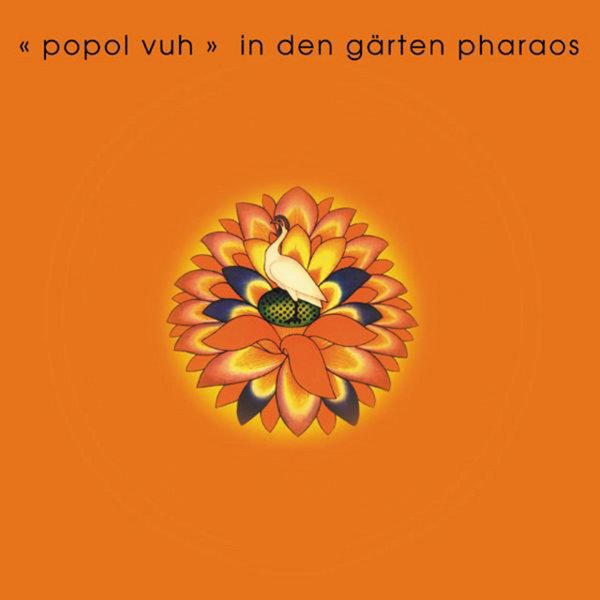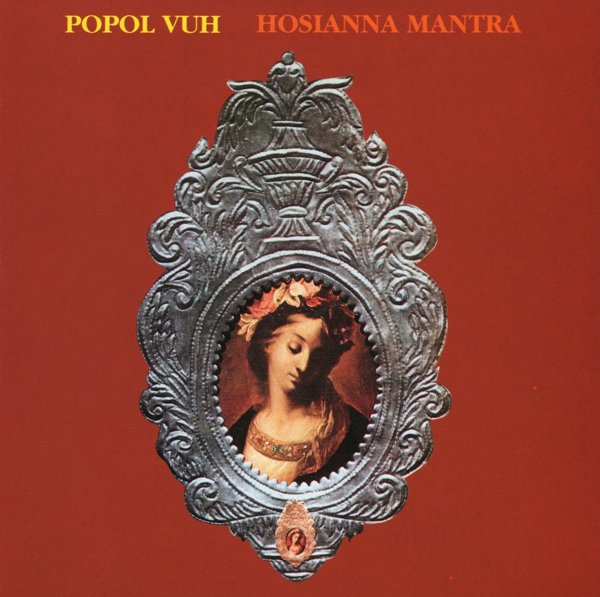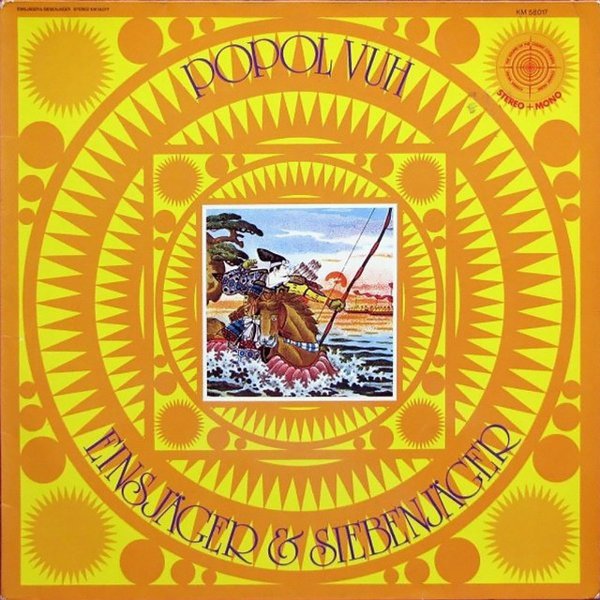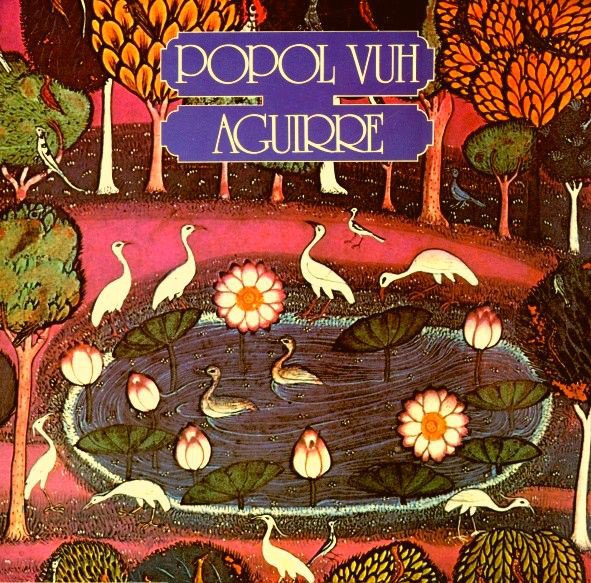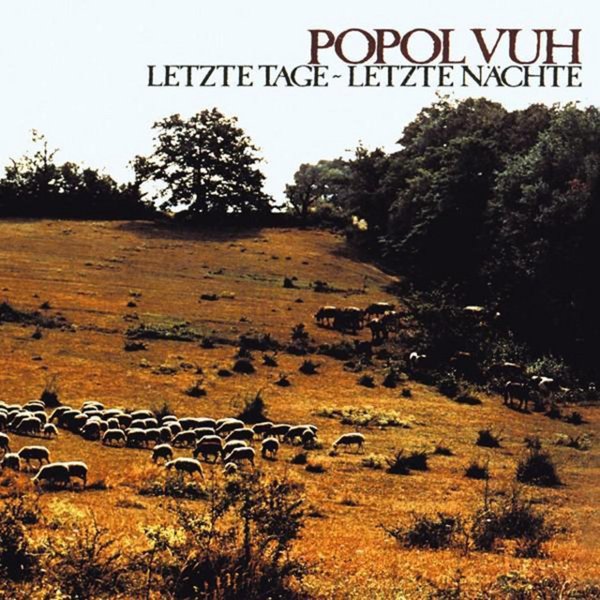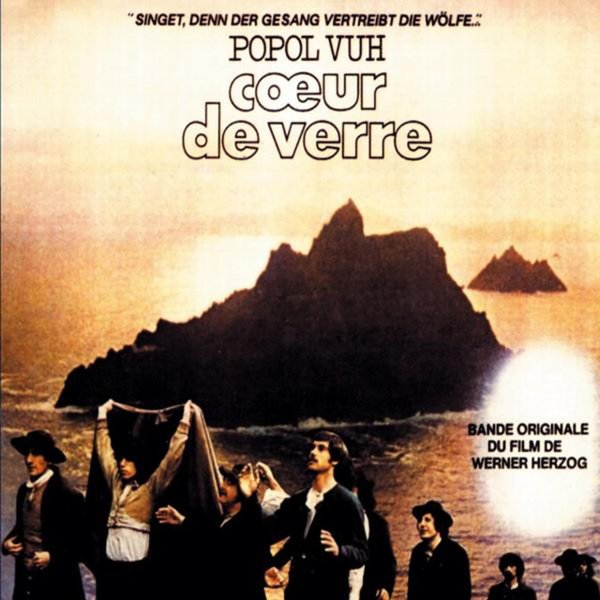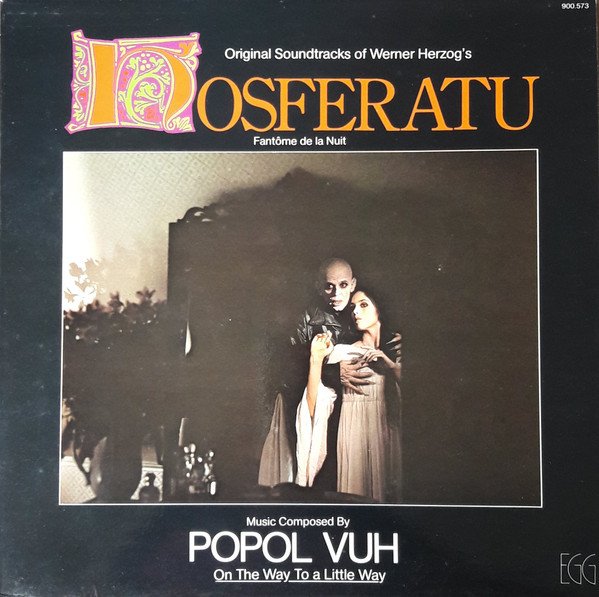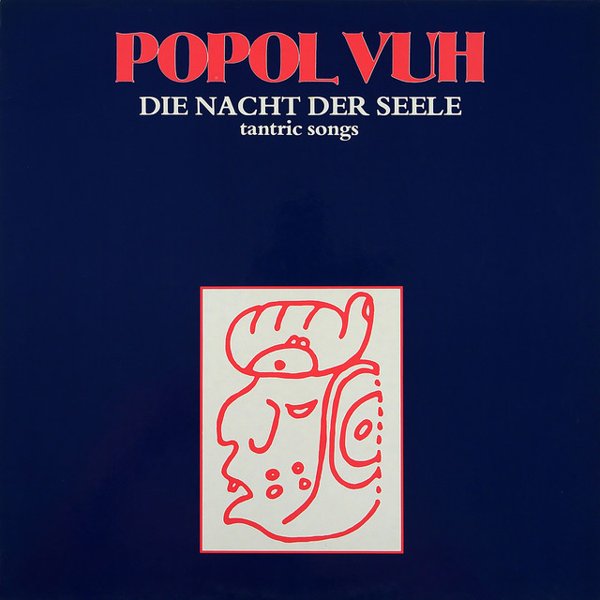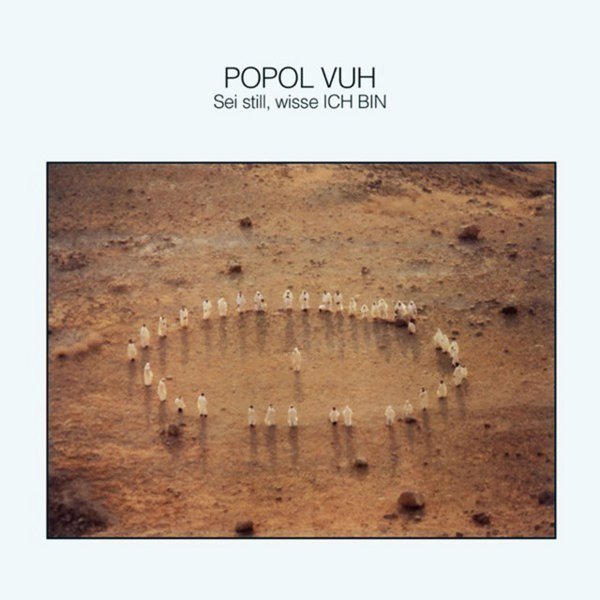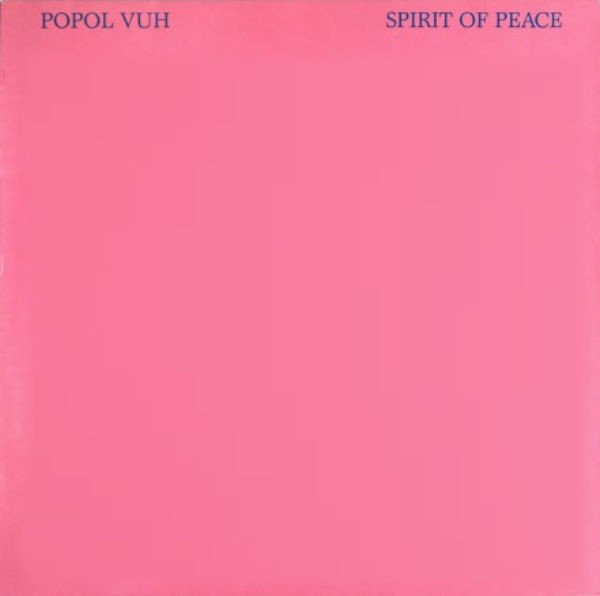For Florian Fricke, the leader of Popol Vuh, music was nothing less than an act of devotion, a gift to the world. A reticent character with a propensity towards the spiritual and the religious, in his few interviews, he issued proclamations about the desired effects and intentions of his creative output, claiming that the music of Popol Vuh (whose name was borrowed from the mythical text of the Mayan K’iche people) was “a mass for the heart. It is music of love”. So far, so hippie. And yet, Fricke’s body of work, remarkably consistent in both its vision and quality, transcends, almost effortlessly, any ‘one-world’ corniness, any New Age piety.
Admittedly, it took Fricke a while to find his calling. While he did study music at the conservatory, in his late teens he diverted his energies to film making; soon, he would be sidelined into work as a film and music critic for a number of German publications. In his early twenties, on meeting film director Werner Herzog, one of the key elements of the Popol Vuh story would fall into place, and Fricke and Herzog would maintain a productive relationship for decades – indeed, much of the Popol Vuh legend rests on the extraordinary music Fricke made for Herzog films like Aguirre, Nosferatu, Herz Aus Glas and Cobra Verde. (Fricke would also act in a few of Herzog’s films.)
But it was the purchase of a Moog III synthesizer, afforded thanks to family money, that set Fricke on his path. Early albums, such as 1970’s Affenstunde, made extensive use of the Moog, with Fricke sketching out its tonalities and possibilities to best allow him to express the personal vision that he was intent on exploring. If this album feels a little unfocused, by the following year’s In Den Garten Pharaos, everything had fallen into place, and indeed, he was already chafing at the instrument’s restrictions: the second side of that album was a monstrous, monolithic drone for church organ. Part of the then-nascent Kosmische Musik scene in Germany, Fricke also worked with Tangerine Dream on their epic Zeit double-album.
And then, Fricke walked away from electronic music: for him, having found the sound of the “human voice” that he wanted to express via the Moog III, he decided to turn to acoustic instrumentation. On 1972’s Hosianna Mantra, one of the classic Popol Vuh line-ups falls into place, with Fricke on piano, Conny Veit (of Gila) on guitar, and Djong Yun on feathery, blissful vocals. Conceived as a Mass, the album sets out much of what Fricke would subsequently explore – minimal phrases set in circular motion; a simple, yet rich melodicism; and an at times extraordinary sense of exaltation. For Fricke, it was important that his music reached for religiosity, but not of any specific religion: as he said of Hosianna Mantra, “A conscious reflection upon religion is included in this music, but not in particular to any religious groups.”
From there, the Popol Vuh line-up would mutate, slowly, over the forthcoming decades, Veit dropping out for the best part of ten years, drummer and guitarist Daniel Fichelscher joining in the mid-‘70s, with fellow Amon Düül II member Renate Knaup pitching in on vocals soon after. The music would move through a number of phases – a focused period of ‘raga-rock’, Fichelscher’s guitar looping and weaving around Fricke’s melodies; the breathy, ghostly mantras of albums like Die Nacht Der Seele and Brüder des Schattens – Söhne Des Lichts; then a more peaceable, reflective ambience, as discovered on Agape-Agape Love-Love and Spirit Of Peace. But the ethical and ideological coordinates of Fricke’s constellation remained the same – repetition, worship, and devotion, with massed simplicity giving his compositions a seemingly elemental force. There is very little other music quite like it.

